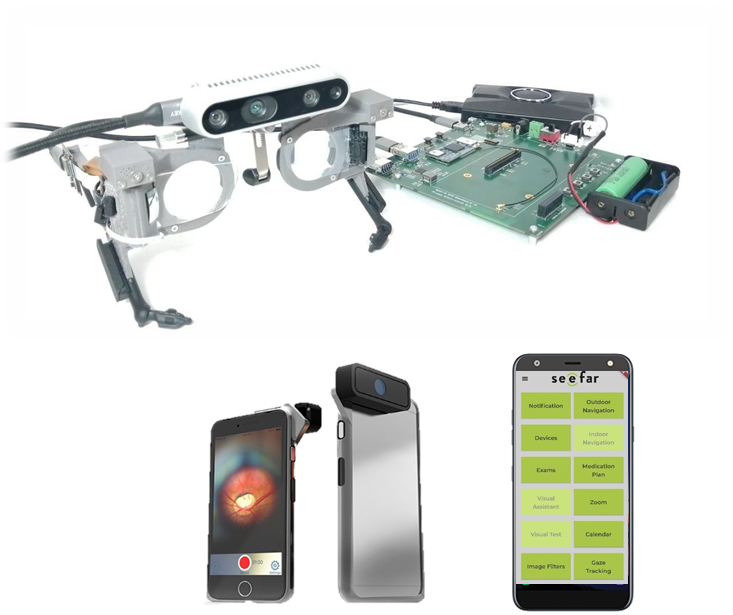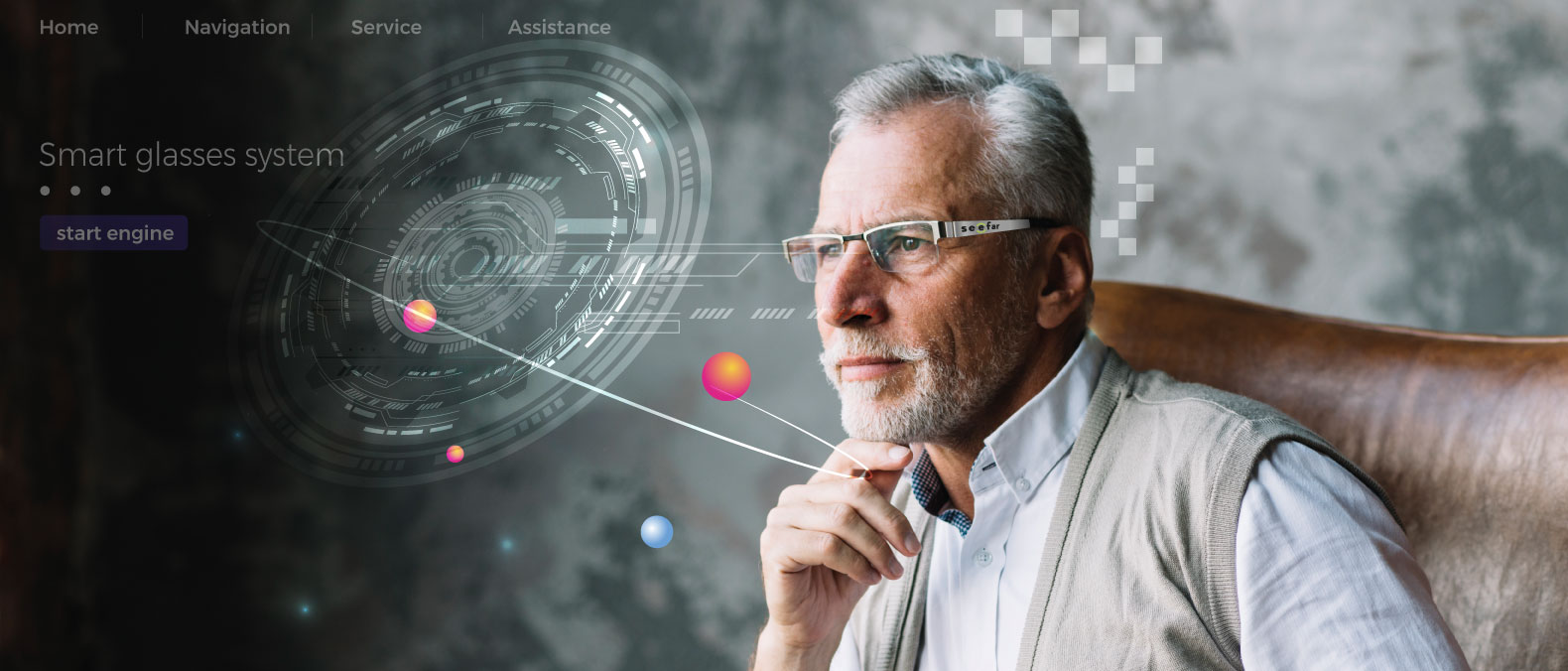
A scheme based on intermediate prototypes (ABCD) has been used as a basic management tool to ensure progress and coordination during the development phases of the See Far project. The solution involves various components, technologies, experts and partners distributed throughout Europe. It has been very important to establish internal milestones to check progress, coordination, consistency and to get all the benefits of prototyping (experimentation, learning, etc.)
Prototypes showed increasing fidelity, from simple mock-ups and basic desktop experiments, testing key features, to an “alpha version” of the final device, a rough, working first version of the solution (not yet reached as of the date of this post).
Prototyping is one of the most critical activities in new product development[1]. In general, it can be said that the development of complex systems requires prototyping and iteration. Prototypes allow to communicate ideas, explore and test ideas, experiment, learn, gather feedback, make decisions, etc. It also facilitates engineering at the system level.
Specifically, this approach has shown clear benefits in practice in at least three areas of the See Far project:
- Design of the solution.
- Technical progress.
- Technical coordination and integration.
First, prototyping facilitates the elicitation of requirements and evaluation of design concepts. The See Far project follows a user-centered design approach, comprising cycles of design of concepts – prototype implementation – evaluation of concept – analysis of requirements. Intermediate prototypes were used, for example, in the focus groups with patients. They also facilitate to obtain the feedback of other key actors, such as clinical partners.
Second, structuring the technical progress helps to manage the pace of the development work. It provides a clear tool for scheduling and for measuring progress, and facilitated the assessment of technical progress, both internally and externally. It also helps to show and prove progress, and it has been a very important resource for project reviews.
Last, prototyping calls for coordination and consistency between independent technical teams that works separately in very different areas (e.g. electronics, software, mechanics, etc.) Each prototype worked as a “convergence point” that compelled them to design with an eye on the complete system, and to work together to integrate partial and independent results to build a unique device at a certain point in time. Besides verification of single components, consistency and compatibility between components was also checked.
The impact of Covid-19 prevented the consortium from optimal execution and from reaping the full benefits of structured prototyping. However, this approach has been very important and useful for the effective execution of the See Far project.
[1] Wall, M.B., Ulrich, K.T. & Flowers, W.C. Evaluating prototyping technologies for product design. Research in Engineering Design 3, 163–177 (1992).

